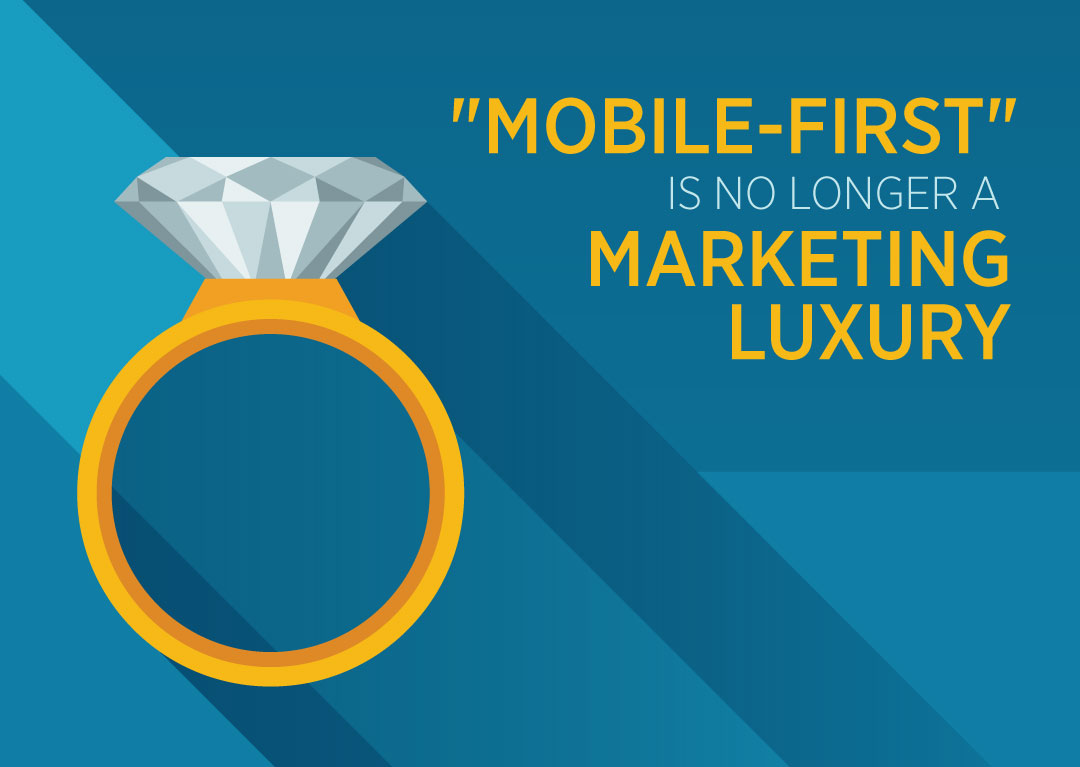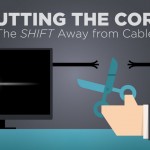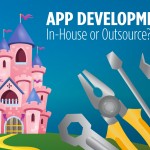Mobile-First vs. Mobile-Only
At a recent mobile conference in Chicago, Carrie Bienkoski (CMO of mobile-based business PeaPod) declared, “Don’t think mobile-first, think mobile-only—and prepare your business for a world without desktop.” While I admire the sentiment and foresight, a world without desktop—while perhaps inevitable—is still years away.
While companies like Uber, Instacart and Square are making seismic impacts on marketing and consumer adoption dynamics, the lion’s share of the industry is still being driven by massive, entrenched brands with strong equity and legacy built in the physical world through traditional media and more recently through digital media, primarily desktop.
It would therefore behoove our industry to prioritize the en-masse marketer transition to mobile-first strategies. I recently returned from Cannes Lions, where I was heartened to see that marketers have finally absorbed that a mobile-first approach will be critical for driving revenue in coming years.
Mobile at the Hub, Not in a Silo
All week on the Croisette, I witnessed conversations on the necessity of going beyond simple mobile extensions of desktop campaigns to a more powerful, native approach. In this current environment where technology and consumer behavior evolve at warp speed, it doesn’t make sense to just tuck away small rainy day budgets when there is a $25 billion monetization opportunity for brands in mobile.
To realize the full potential of the marketplace, marketers must make significant investments in their business infrastructure and create more efficient, enjoyable and rewarding customer experiences. In other words, the long game is to build business infrastructure to facilitate mobile presence and engagement—and it appears that marketers are actually playing. Many brands are making their mobile presences the epicenter of their omnichannel efforts, which also feature desktop and traditional media. In this new, holistic model, mobile marketing is not in a silo, but the hub of the wheel.
Three Big Brands That Went Mobile-First
The splashy announcement in Cannes that WPP, Daily Mail and Snapchat were banding together to create mobile-driven native content shop Truffle Pig was a loud endorsement of how mobile has changed the dynamic between brands, publishers and the technology world. For me however, the great advances being made by three brands that have relied on traditional media—Major League Baseball, HBO and McDonald’s—are more meaningful. They should be lauded for setting shining examples of the power of a mobile-first strategy.
In an interview with Fast Company, MLB Advanced Media CEO Bob Bowman articulated the wisdom and necessity of moving into a mobile world for traditional broadcasters. Bowman explained how transformational mobile has been for his brand as it streams baseball games to 3.5 million subscribers, of whom many are increasingly mobile viewers. Perhaps the biggest lesson here is the importance of speed-to-market. MLB.com exists at its present scale because it launched its streaming services all the way back in 2002.
As for HBO, after a few years and many dollars spent on internal technology and poaching staff from the likes of Zynga, Amazon and Microsoft, the entertainment company ultimately opted to bring in an external partner to build its back-end technology. By many accounts, HBO CEO Richard Plepler had an epiphany that HBO needed to go beyond its identity as the king of premium content and refashion itself technologically to remove all barriers preventing viewers from consuming HBO content. Its most recent foray, HBO NOW, was not only groundbreaking (it provided access to HBO programming and movies outside a TV subscription for the first time), but it also was the most profitable app in the Apple App Store in May 2015.
McDonald’s CIO Deborah Hall-Lefevre believes start-ups can be catalysts for innovation and inspire new, creative thinking. Start-ups can contribute the missing piece of a technology puzzle brands haven’t quite been able to solve in-house. For example, McDonald’s and its Chipotle brand signed a partnership with the start-up Postmates, a network of couriers delivering goods locally. Beyond the “cool” factor of partnering with a hot upstart—one that raised $80M in a Series C round—this kind of partnership delivers a win for both the brand and consumer. The consumer gets previously unavailable access to a product or service, and the brand gets valuable customer data and potential incremental revenue.
What Business Are You REALLY In?
Mobile technology is redefining age-old business models. Companies are being forced to re-architect their payment systems, business operations and in-store customer experiences to deliver the sought-after 1:1 customer communication abilities. They’re being forced to consider Harvard Business School professor Theodore Levitt’s famous question, “What business are you in?” Consumers are walking into your front yard armed with a price comparison tool, a payment system, a customer review engine and a directory of all your competitors. Brands can no longer be just retail outlets or auto dealers; they must now be nimble partners in real-time consumer engagement.
While customer data is crucial as it always has been, connectivity is the new oil—not data. The technology that captures, manages and monetizes this data must be the starting point. And the speed at which you can adopt mobile technology into your business strategy and operations will determine whether you sink or swim in this mobile-first world.










